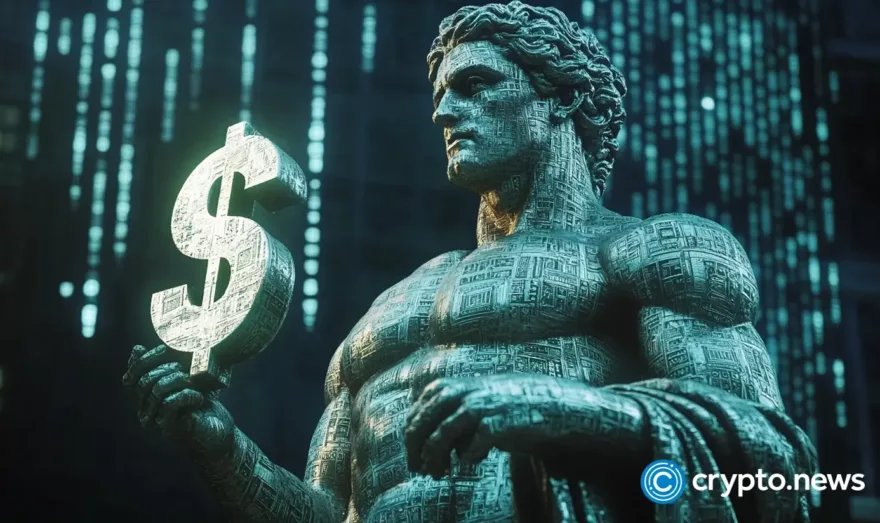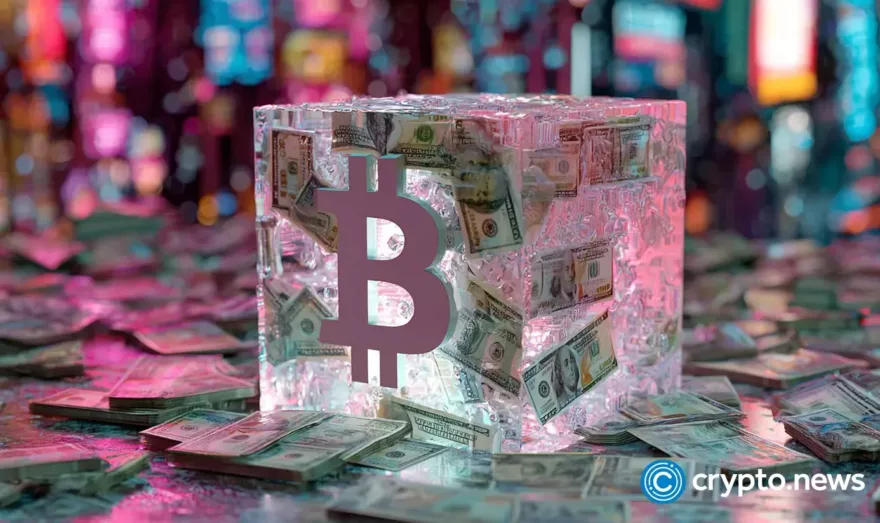Altcoin Explorer – Bancor (BNT), the Defining DeFi Protocol

Decentralized finance (DeFi) has progressed from being the talk of the town during the ‘2020 summer of DeFi’ to firmly establishing itself as an institutional-backed flourishing landscape within the wider cryptocurrency industry. At the time of writing, the total value locked (TVL) in different DeFi protocols is over $25 billion, according to data from DeFi Pulse.
While there is a wide array of DeFi platforms that are vying to outdo each other in terms of innovation, ease of user accessibility, and essentially opening finance to all, it is important to separate substance from noise.
What is Bancor?
Bancor (BNT) is one of the top-performing DeFi platforms in the market which has continually witnessed its TVL increase exponentially. Put simply, Bancor is a decentralized exchange (DEX), and an automated market-maker (AMM) that enables investors to easily swap ERC-20 tokens.
Describing itself as “a fully on-chain liquidity protocol that can be implemented on any smart contract-enabled blockchain,” Bancor was initially developed in 2017 by Eyal Hertzog, Galia Benartzi, and Guy Benartzi. According to the protocol’s whitepaper, Bancor “enables automatic price determination and an autonomous liquidity mechanism for tokens on smart contract blockchains.”
A little trivia. The protocol’s name was chosen as a homage to famous economist John Maynard Keynes who coined the term “Bancor” referring to a supra-national reserve currency he proposed at the Bretton Woods conference in 1944.
What Issues is Bancor Solving?
Primarily, Bancor is geared toward eliminating the problem of illiquidity from the cryptocurrency markets. While low liquidity is not that much of a problem for large market cap digital currencies such as Bitcoin (BTC), Ether (ETH), and Polkadot (DOT), among others, it continues to be an issue for several thousand other low cap coins.
For the uninitiated, a token’s liquidity is determined by the magnitude of forces of demand and supply facing it. A high liquidity token (such as BTC) can be easily traded across the globe with support on virtually every cryptocurrency exchange. Conversely, a low-liquidity token trader would find it hard to readily execute a buy or sell order for the token in the market place due to low liquidity associated with it.
Bancor’s vision is to extend the drape of liquidity over these low-liquidity coins to harness their potential and realize their value. Bancor aims to integrate such promising, low-liquidity tokens by providing sufficient liquidity for them.
How Does Bancor Deal with Liquidity Pools?
As mentioned earlier, the lack of liquidity is a major challenge for hundreds of promising crypto projects. Bancor aims to fix this via its self-executing smart contracts at minimal transaction cost.
Bancor’s code includes deal terms between a buyer and a seller written in the form of lines of codes. For any transaction to execute successfully, whether on a centralized exchange (CEX) or a DEX, a transfer of tokens between minimum two parties must be involved. During this transaction, the buyer and the seller function as a market maker.
Further, a crypto exchange on Bancor does not inherently involve an exchange of tokens with a second party which is usually the practice on CEXes like Binance, Coinbase, Kraken, and others. Instead, the protocol employs Smart Tokens to convert between different ERC-20 tokens internally, i.e. within the platform. Such conversions are completely devoid of any human interference as they rely on the lines of code powering the underlying blockchain architecture.
To encourage users to deposit their crypto-assets into its liquidity pools, Bancor offers them liquidity rewards. These can be in the form of the base currency or in the form of BNT, the native ERC-20 token of the Bancor protocol.
The protocol offers a wide range of liquidity that enable investors to deposit their ETH, LINK, RBTC, and other digital currencies for rewards.
If an investor deposits their holdings in a pool, they would receive a new token that would entitle them to retrieve the original amount they deposited in the pool. Notably, the BNT token is used as an intermediate digital currency when each token is traded on the protocol.
An interesting feature that differentiates Bancor from its competition is the option to deposit a single token in one of its liquidity pools for rewards. In contrast, on other AMMs such as Uniswap, and Sushiswap, users might be required to lock up pairs of tokens in certain proportions to one another so they are able to access the pools.
To give a simple example, in a pool consisting of LINK and DAI, a user could deposit only LINK or DAI. On Uniswap, however, they might be asked to deposit both LINK and DAI to be able to be eligible for liquidity mining.
About the BNT Token
According to data from Coingecko, Bancor’s BNT token has a maximum supply of 102,738,668 tokens with 102,456,513 in circulation already. This fact, in a way, gives some respite to BNT holders as the possibility of the market being flooded with an excess number of BNT tokens are rather slim at the moment.
At press time, the total market cap for BNT stands at slightly above $188 million with a 24-hour trading volume of almost $95 million.
Speaking of the token’s price performance, it is worthy of note that BNT was one of very few DeFi tokens that was in existence during the late 2017, early 2018 crypto bull run. The token’s ATH is $10.72 while currently it trades at $1.84.
However, with the influx of money being poured into the DeFi space, it won’t be far-fetched to speculate a bright future for BNT’s future price trajectory.
In fact, Bancor’s BNT has been witnessing wider acceptance across the globe with an increasing number of cryptocurrency exchanges listing it left and right. In December 2020, major U.S.-based cryptocurrency exchange Coinbase introduced support for BNT, hinting the increasing confidence the token enjoys in the eyes of regulation-conscious financial institutions.
Where Can you Trade BNT?
As alluded to earlier, BNT token enjoys great acceptability and support from major cryptocurrency exchanges the world over. CEXes like Binance, Bittrex, Gate.io, HitBTC, OKEx, Upbit, and others support BNT token trading.
In addition, BNT can also be purchased or sold through Bancor’s smart contract by converting from any other supported ERC-20 token on the Bancor web app.
BNT is also supported by a vast array of cryptocurrency wallets such as MyEtherWallet, Parity, and others.
Wrapping Up
With the dramatic ascent of DeFi as a force to reckon within the cryptocurrency industry, BNT is one of the clear frontrunners in this emerging landscape.
Speaking of some of the recent developments within the Bancor ecosystem, BTCManager reported on January 4 how the protocol’s TVL rose to new ATHs, roughly two and a half months after the highly-anticipated release of Bancor V2.1.
One of the major highlights of Bancor V2.1. is the protection against impermanent loss by introducing a single-side exposure to AMM pools through elastic BNT supply. In simpler words, the protocol co-invests with the liquidity provider, via a DAO, for single-sided exposure enabling the mitigation against impermanent loss issues.
With a TVL of more than $216 million (and rising), Bancor looks primed to have a spectacular 2021 with DeFi continuing to expand its tentacles across the digital currency markets.













